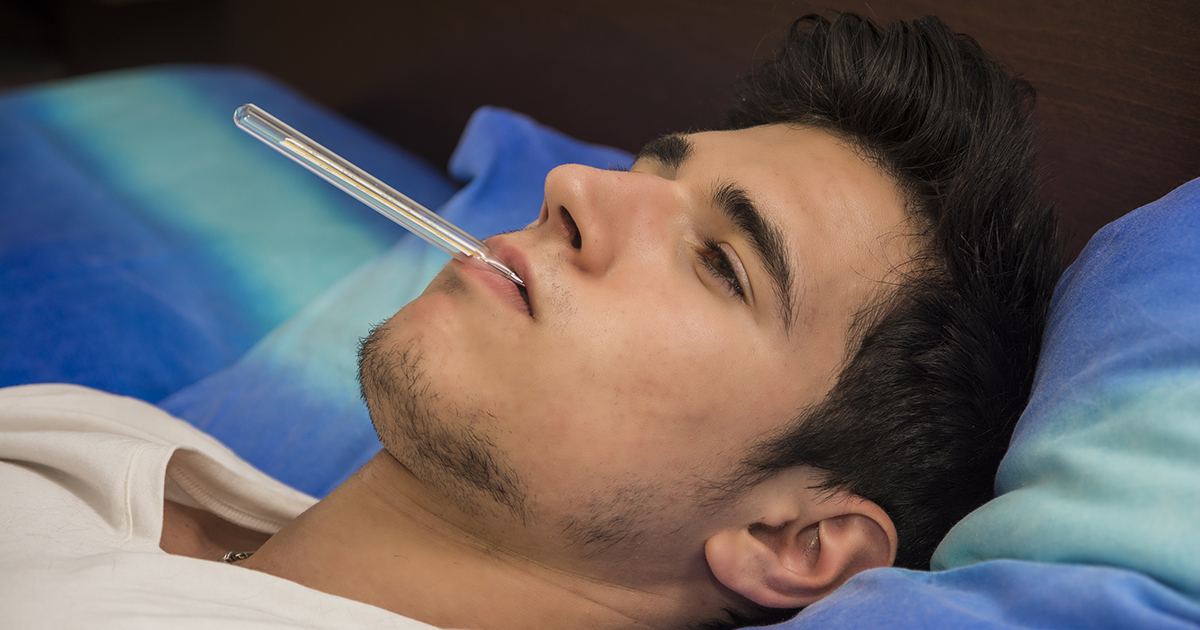What Are The Symptoms Of Bursitis?
Stiff And Achy Joints
Stiff and achy joints tend to occur as part of bursitis. Most commonly, the stiffness and aching will be associated with the swollen and inflamed area. Individuals shouldn't experience pain in parts of the body that don't have inflamed bursae. If the stiffness and aching are widespread and chronic, it may be a sign of another condition, such as arthritis. Affected individuals may find there's a dull aching in their joints even if they immobilize and don't move them for extended periods. The stiffness may become worse if individuals don't move their joint. It's best for them to talk to a doctor about how much movement they should be allowing, along with whether they should fully immobilize their affected joint.
Get more details on bursitis warning signs now.
Fever

A fever may occur alongside the pain, stiffness, limited range of motion, and swelling. Fevers are a sign of infection, and they occur when the immune system raises the body's temperature as part of its response to infection fighting. The level of the fever depends on how severe the infection is. Bursitis caused by an infection is referred to as septic bursitis. Typically, redness only occurs in those with septic bursitis, since it's a sign of infection. Warmth also only tends to occur with septic bursitis. If patients experience any symptoms of an infection, they should seek prompt medical care. Though most types of bursitis resolve by themselves, septic bursitis is potentially serious. About twenty percent of cases of bursitis are of a septic nature. Infections are caused by a bacteria or other organism entering the bursa through a puncture, scrape, bite, cut, or other wounds.
Discover additional symptoms of bursitis now.
